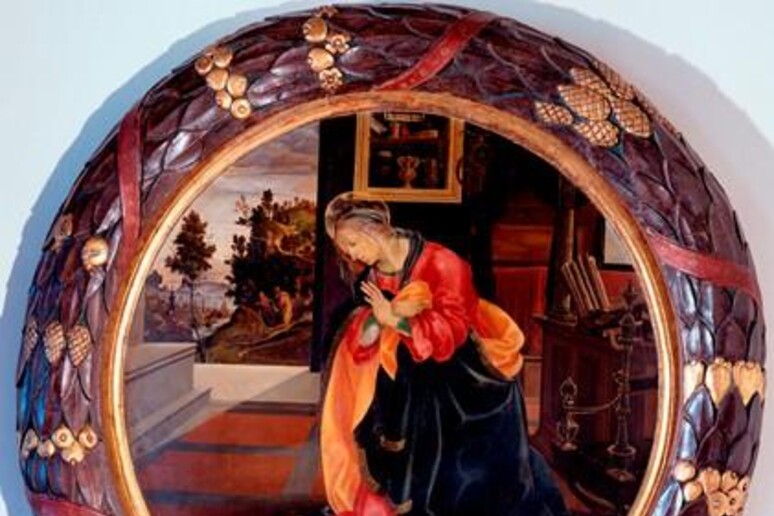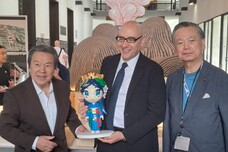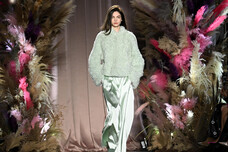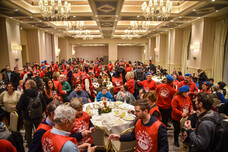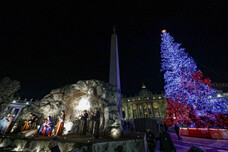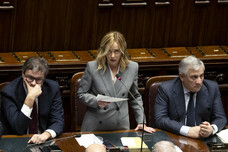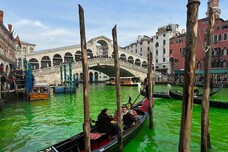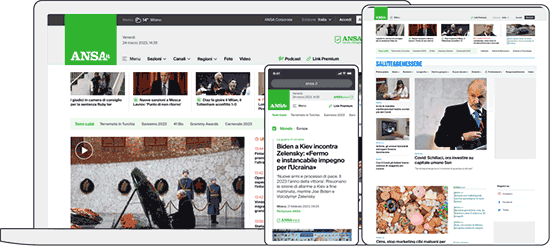An exhibition focused on
Renaissance painter Filippino Lippi opens Saturday with an
emphasis on the inspiration the artist drew from the
Annunciation of the Virgin Mary.
The show in the Pinacoteca di San Gimignano in central
Tuscany includes two large works by Lippi, who lived from 1457
to 1504, commissioned by the leaders of the Guelph faction for
the Palazzo Comunale of San Gimignano in 1482.
The first of the two round paintings features the Angel
Gabriel, one of the key players in the Annunciation tradition,
as he brings the news to the Virgin Mary that she will give
birth to Christ.
The second focuses on the Virgin Mary, eyes downcast as she
receives the news.
The exhibition concludes on November 2.
Besides the Lippi tondos, the exhibition will include
sketches by the artist on loan from the Prints and Drawings
Gallery of Florence's internationally acclaimed Uffizi Gallery.
Curated by Alessandro Cecchi, the exhibition follows last
year's show built around Pinturicchio's Assumption of the Virgin
with Saints Gregory and Benedict.
Born in the Tuscan town of Prato, Filippino Lippi was the
illegitimate son of the painter Fra Filippo Lippi and Lucrezia
Buti.
Filippino first trained under his father and the pair
worked together in the cathedral in the Umbrian city of Spoleto.
When Filippo Lippi died in 1469, his son went on to
complete the fresco cycle there featuring Stories from the life
of the Virgin Mary.
Lippi completed his apprenticeship in the workshop of
Sandro Botticelli.
The exhibition includes historic documents related to the
original commission of the Annunciation paintings, which event
organizers say shed light on the civic spirit behind the
commission by the leaders and prominent families of San
Gimignano, a Renaissance jewel famed for its many towers.
ALL RIGHTS RESERVED © Copyright ANSA
